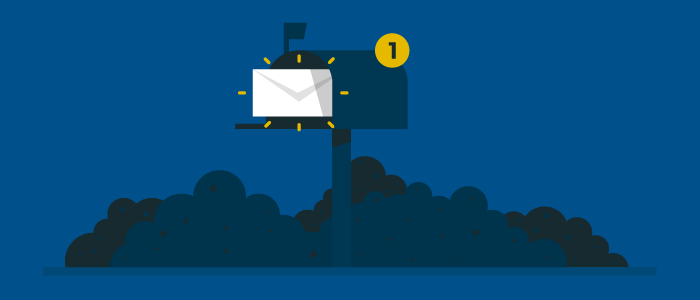
“I need to subscribe to a few more email newsletters today!”
Said nobody, ever.
That’s why we spend so much time creating free content to bribe them into subscribing. We know they’ll love us if they just give us a chance!
Good articles, interesting editors, and a strong brand used to be enough to convince someone to join your email list, but now most publishers need a little boost – a sample of the rich, useful stuff they’ll look forward to reading in their mailbox.
But once someone’s on your email list – you have to deliver.
And I don’t mean only to their inbox, I mean to their needs. Your magazine or website has a target audience, so you know exactly what ails them. If you’re not solving their problems and enriching their lives or careers through their inbox every single day, you’ll lose them.
A big part of those efforts include email copywriting and it starts from your welcome email, includes all of your editorial and promotional emails, and ends with the link to your unsubscribe page.
We recently attended the American Writers & Artists Institute (AWAI) Copywriting Summit online, and it prompted us to update our list of email copywriting best practices. We originally developed it back in 2013, so it needed a little sprucing.
One big takeaway from the event was that email is now king again, driven by maturing millennials. It turns out that blogs and social media never supplanted email. This comes as no surprise to us, as email is the most direct way to most people. You’re at the mercy of algorithms when it comes to SEO and social media, but with email, you have direct unmetered access to your subscribers.
Another good tidbit from the Summit was in regards to email frequency. It turns out that people don’t unsubscribe due to too many emails, but more often it’s because the content isn’t relevant to them. Additionally, publishers who send less often have higher unsubscribe rates. What’s lacking in today’s digital marketing world is the trust of the prospects—there’s a lot of content, there’s a lot of products and ideas, and a lot of marketing and communication channels. It takes time and patience to build the trust of prospects, so that you can sell to them.
According to AWAI, the three most important things you can do to connect with your audience through email are:
- Keeping it niche—stick to your niche & have a twist/angle/perspective/positioning
- Deliver a non-neutral perspective—keep personality and your point of view
- Have Netflix-like momentum—create a story and get readers addicted
With all that said, once you have subscribers, your main job is to keep them on your list, clicking through, and purchasing. Below are 30 ways to keep up the momentum.

Email copywriting tips for first impressions & reputation
There are a few places you can make really good, or really bad first and last impressions. Get these right, and you’ll build loyalty from the start and get those subscribers to stay with you longer.
1. Spruce up welcome emails: Convey the value you plan to offer, early on in the relationship. Write these as if they were handwritten letters. Thank them for subscribing, tell them what you usually write about, let them know how many times a week they’ll hear from you. If your list is segmented, point them in the direction of articles that you know will be of interest. Use this email to make a really great first impression.
2. Test “from” lines: You might be surprised that your “from” line is considered copy, but testing this line, perhaps changing it to the name of your editor, can have surprising test results, especially in B2C marketing. Copywriter Ivan Levison suggests testing the word “team” in your from line. “It makes it sound as if there’s a group of bright, energetic, enthusiastic people standing behind the product,” says Levison.
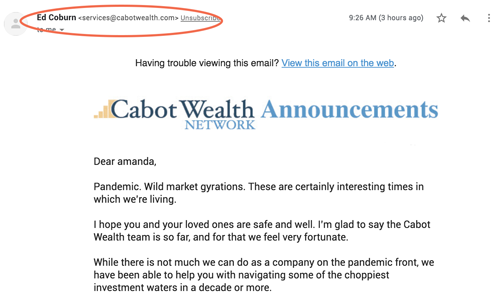
3. Include a subtle promotion in your welcome letter: Use space in your welcome letter to casually link to a best-selling product or event. The point of this email is not to sell a product, so remember: This is their first interaction with you — make a good impression.
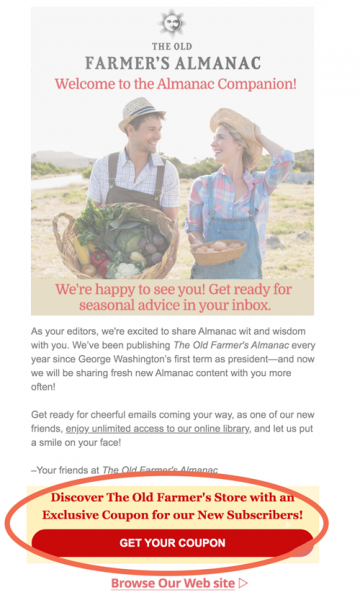
4. Find a new way to say “whitelist”: Ask them to whitelist you, but explain what that means, in consumer emails. Tell them that they won’t receive your valuable emails and [insert something even more valuable here] if they don’t add you to their address book.
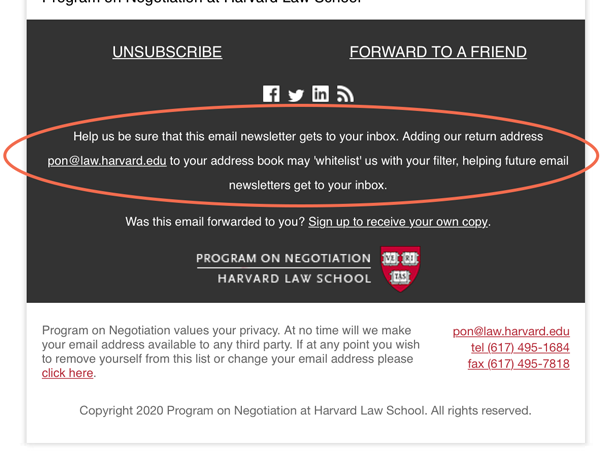
5. Optimize unsubscribe links: Don’t hide your unsubscribe links or make them obscure. Keep people on your list by making them obvious, even funny. Here’s the unsubscribe button of online marketer Christopher Penn. The photo and joke changes each week.
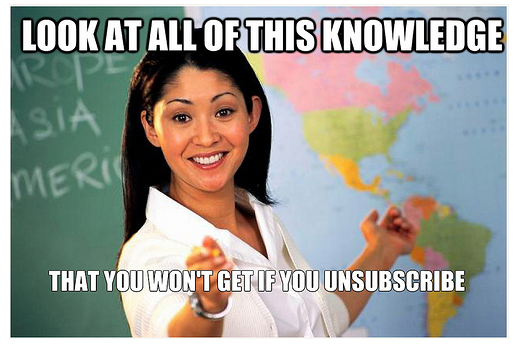
6. Optimize unsubscribe pages: Keep people on your list by convincing them to stay with a carefully-crafted message on your unsubscribe page. Let them easily opt-out of daily emails and into weekly emails. And ask them to follow you on Twitter and Facebook too so that you don’t lose them completely!
7. Win-back programs: Email relationships fade over time. Combat this by creating a new segmented list and offering creative incentives to those who have stopped opening and clicking.
[text_ad]
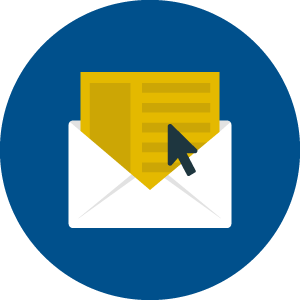 Email copywriting tips for writing better content
Email copywriting tips for writing better content
Whether you’re sending a promotion, an editorial or an advertorial – it’s all content, and the best content interjects a little emotional copywriting.
8. Focus on the benefits: The first mistake in email copywriting is to immediately jump to the features when explaining a product. What people really want to know are the benefits. How will this product make them richer? More loved … healthy … safe?
9. Use the “tremendous whack” theory: Winston Churchill said, “If you have an important point to make, don’t try to be subtle or clever. Use a pile driver. Hit the point once. Then come back and hit it again. Then hit it a third time – a tremendous whack.”
10. Use the news as a lead: Use a little news-bait to introduce a new article, or repurpose an old article to refresh and put a spin on it. When Hostess went out of business, there were dozens of basic marketing articles that were spun as What Twinkies Could Have Done to Stay in Business topics. In reality, it was the same content with a new lede, but became more interesting and relevant with a fresh spin.
11. Look at your price and determine a length: The more money something costs, the more email copywriting there will be. You can get someone to sign up for a free webinar with 200 words, but a $1500 seminar usually takes up to 1500 words. They might skim a longer email, but that’s OK as long as they can find the answer to every question they want to ask in order to make that buying decision.
12. Ask if your reader will care: Copywriter Joan Damico says, “If after reviewing your copy, you think the target audience would just respond with ‘so what,’ then keep rewriting until they’ll say something like, ‘That’s exactly what I’m looking for. How do I get it?’ ”
13. Use active calls to action: Use click-worthy links and buttons like “buy now,” “view now,” “download white paper,” “register now.” Here’s a spectacular example of actionable buttons.
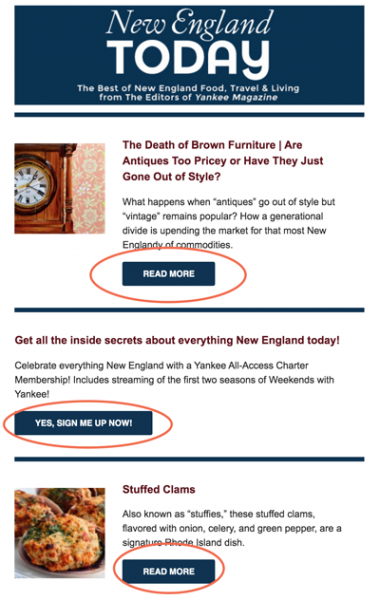
14. Don’t tell them to “click here”: This is pretty much a universal best practice not to use these two words unless necessary. One reason is because the visually impaired will often get a list of links in their readers, and “click here” by itself is non-descriptive. Another reason is because “click” is a desktop term; Many users may actually be “touching” the link. There are some consumer-friendly alternatives in consumer email marketing: “read the full story,” “download this ebook,” and “save 10% right now” are ways to express your benefit within the link and increase clicks. You might also say “click here to read more” or “click here to save 10%” — context is key.
15. Be careful with connotation: For instance, what do you think, or how do you feel, when you hear the word “anxiety?” Does it make you slightly anxious? Such connotations of the words you use might have this effect with your audience members. Use language that will create a pleasant experience for your email recipients.
16. Use names: When you tell a story, don’t use the phrase “I had a friend once”—that depersonalizes the entire story. Say, “My friend Jennifer has an adorable blonde little boy named Jared. The other day he said to me…” Using names in your subject lines has also shown to increase open rates.
17. Talk like a human: Jargon isn’t only hard to read, but it makes readers feel excluded. Write how you talk, but not necessarily how you think. It’s a jungle up there!
18. Tell a story: The basis of all good copywriting is a great story. Telling a personal story of a friend from back home who used a certain type of seed and grew an incredible garden is going to sell seeds better than a block image that says “Save $0.25 per seed packet today!” Any kind of personal introduction from the editor that sounds more like a human and less like a marketing machine is sure to draw eyes in quicker and longer.
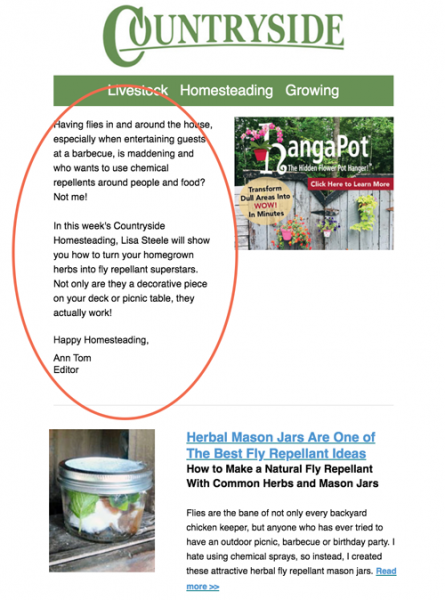
19. Touch on people’s core emotions: In Axel Andersson and Bob Hacker’s book, The Secrets of Emotional, HOT-Button Copywriting, they define the “seven key copy drivers” as Fear, Greed, Guilt, Anger, Exclusivity, Salvation and Flattery. If you can provoke these emotions, you can provoke a response, whether it’s a blog comment or a sale.
20. Use evocative words: Andersson and Hacker also noted the most “evocative words in copywriting:” you – save – money – easy – guarantee – health – results – new – love – discovery – proven – safety. Eliminate words like “me” and “I” whenever possible unless in the context of a story.
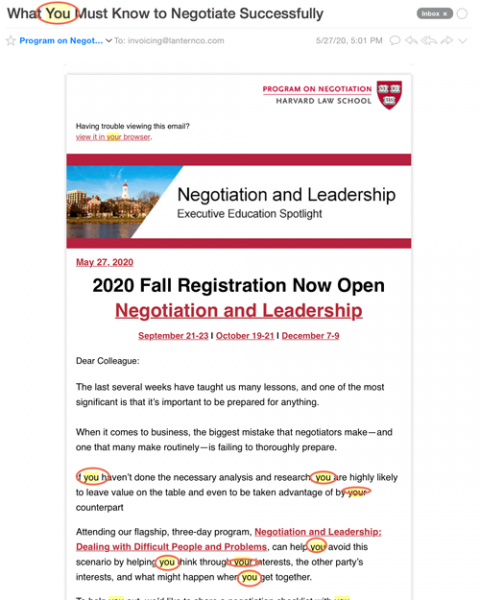
21. Create a sense of continuity: When writing a series of emails, you’ll increase click and open rates by telling readers that the email is part of a larger structure. To say “in the email we sent on Monday, we talked about XXXXX… now I want to talk about how XXXXX works with XXXXX”.
22. Edit, edit, edit: Every editor has their own pet peeve. I’ve had one obsessed with inserting commas, and the next that said they were becoming “overused” and would delete almost all of them in any piece I sent her. One didn’t like the word “that” and another would delete every instance of the word “should.” Always self-edit first for the sake of your colleagues, but then get help from others for fine-tuning.
[text_ad]
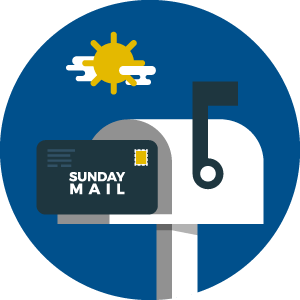 Email copywriting tips for writing better subject lines
Email copywriting tips for writing better subject lines
This section is saved for last because even though the first thing a subscriber sees is your subject line—and nobody will get to read your fabulous content or promotion unless you can get them to open it first—the subject line is often written last.
23. Keep subject lines short: Even the best-written, catchiest subject lines are only as good as their first 25 characters. Test yours in a bunch of different email clients using a tool like SubjectLine.com, the Email Subject Line Tester by CoSchedule, and the Email Subject Line Grader by Net Atlantic. For mobile subject lines, try Test Subject by Zurb.
24. Don’t give everything away: Is your email subject line sufficiently intriguing to prompt the recipient to open your email newsletter or sales letter? Or do you “give away” the entire message in the email subject line, diminishing the subscriber’s incentive to read any further?
25. Be quick but don’t pull tricks: To the contrast, short, mysterious subject lines that are great for open rates can result in dismal click rates when they’re written as click-bait. Mystery is a good thing, just don’t cross the line of “tricking” your readers into opening an email that has content not in line with what you’re promising them. The email subject line is not creative if it prompts the recipient to open your email message, but subsequently disappoints, confuses, or worse, alienates the recipient.
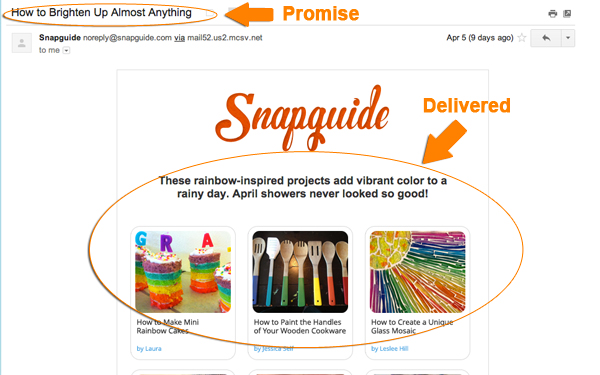
26. Mix up your subject line formulas: We’ve discussed lots of subject line formulas in the past. Try mixing them up! For example, using a Targeted email subject line in conjunction with an Urgency email subject line, or a Reason Why subject line used in conjunction with a Fascination subject line. Additionally, certain email subject line archetypes will work better than others, depending on the reader and the offer.
27. Test subject lines often: Remember, it’s only the reader’s opinion that counts when it comes to your email communications. The more you test, you more you can understand how your audience thinks. The practice of testing breeds growth and success for your email campaigns. If you haven’t read about how we apply Six Sigma direct marketing methods to email, I recommend our post on how to use Six Sigma for membership offer testing.
28. Don’t write off “free” completely: Using words like “free” are discouraged by some, but when they do get through spam filters, they perform at astonishing rates. Just don’t mix them with other spam trigger words like “trial,” “quote,” “sample,” “access,” etc. which can put your spam score through the roof. Use the Spam Check tool by Postmark to check your email’s spam rating. Another tool, which you can test your emails to, is Is Not Spam.

29. Keep branding in mind: The email subject line should reflect the publisher’s mission and support the website’s brand. If your book, newsletter, magazine, video, etc. is about kayaking, don’t publish an email newsletter with a subject line solely about fishing, even if the larger story is about using the kayak to get to the fishing venue.
30. Speak in their own words: So you think you know what people want? That SEO has no place in email? Wrong. Subject line graders can rate you on structure and specific words, but keyword research can help you identify the topics that people want to read, which in turn, improves your open rates. When you find keyword phrases that have tons of search volume, you can use them to define how you can structure your headlines in a way that people are already looking for.
One final note:
Always try to improve your email copywriting. Email copywriting is an art that is never truly complete. You can always look for ways to make your headlines, ledes, and body copy stronger. Testing is the primary way of doing this. Unless you’ve earned a 100% response rate for your email copywriting endeavors, your work can always be tested and improved.
What other tips do you have to share about email copywriting? What has worked for your organization?


